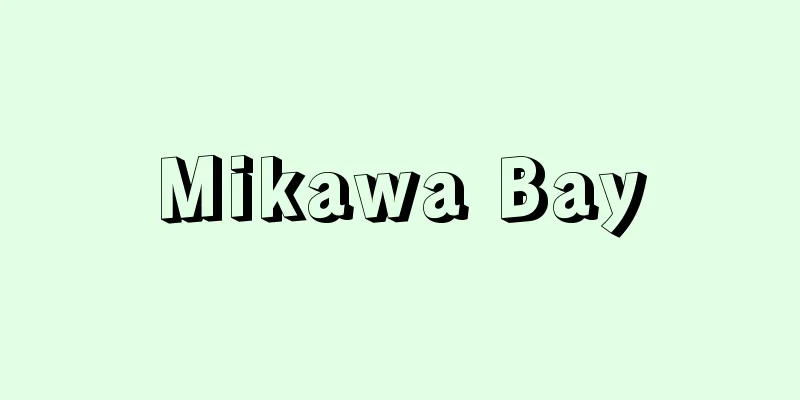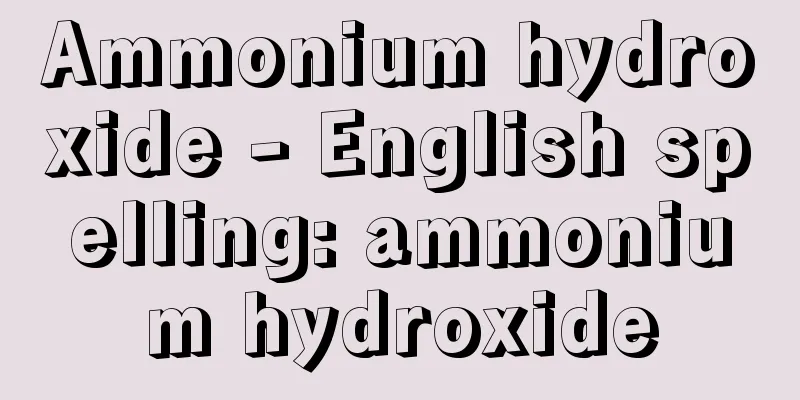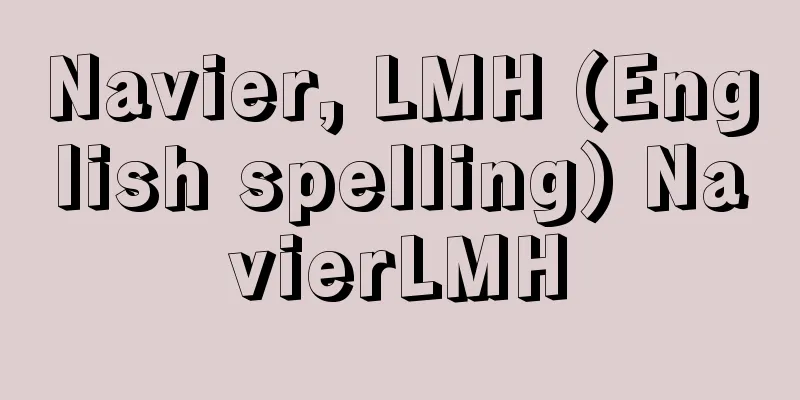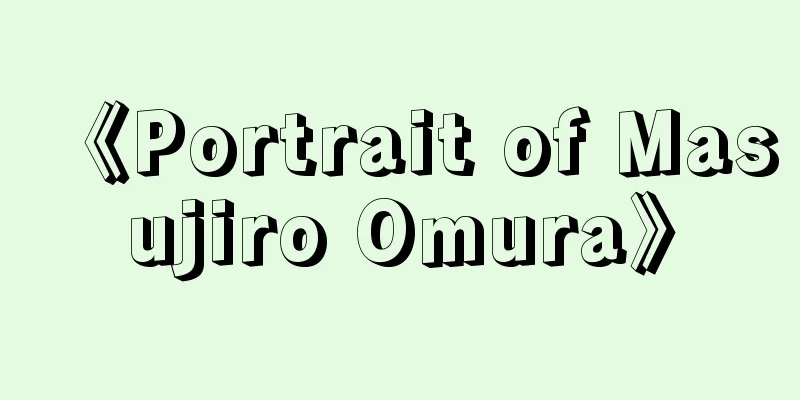Western Sahara - Nishisahara (English spelling) Western Sahara
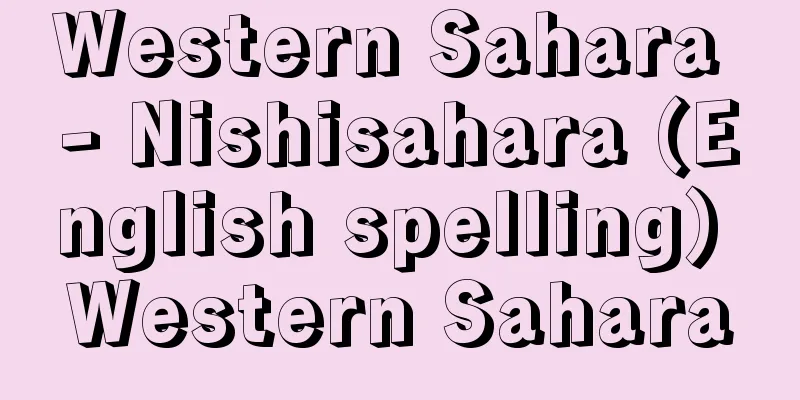
|
A region in the western tip of Northwest Africa. Formerly Spanish Sahara. It borders Morocco to the north, Mauritania from the east to the south, and Algeria in part of the northeastern tip, and faces the Atlantic Ocean to the west. Its area is 252,120 square kilometers, and its estimated population is 214,000 (1993), but due to the policy-driven influx of Moroccan immigrants and the flight of Western Saharan refugees to Algeria and Mauritania, the population is unknown, which makes voter registration for the national referendum difficult. Its capital is Laayoune (also known as Aayun). The topography of the country is made up of a plateau that forms the western edge of the Sahara Desert, and dry rivers and basins called wadis that carve it. Most of the area is extremely dry, with an annual precipitation of less than 100 mm. The coastal areas are relatively comfortable due to the Canary Current (cold current) flowing south, and the monthly average temperature in Dakhla is 23°C in August and 17°C in January, but inland areas there are large daily and annual temperature differences, with hot summers and cold winters. The northern part of the country has little rain in winter, making farming possible. The majority of the inhabitants are Arab-Berbers, and they speak Arabic dialects, but Spanish is also understood. The religion is Islam. The basic livelihoods are camel, sheep, and goat nomads, oasis farming, and trade. Inland, there is one of the world's largest phosphate mines in Bukraa, and phosphate is transported by conveyer belt and exported from Aaiun. The wide continental shelf and the Canary Current make the offshore fishing grounds good, and Aaiun and Dakhla serve as fishing bases. Refugees who fled to the Tindouf region of Algeria are engaged in poultry farming. [Hiroshi Fujii] historyThe region has long been inhabited by Arab and Berber nomads, but in the 15th century the Spanish advanced along the Atlantic coast, opening ports and establishing trading posts. As a result of the division of Africa by European powers, in 1884 Spain established two colonies, Saghia al-Hamra in the north and Rio de Oro in the south, which became dependencies of the Canary Islands. In 1956 the two colonies were united to form Spanish Sahara, commonly known as Western Sahara. After World War II, the inhabitants' demands for independence grew, and in 1968 the Saharan Liberation Front (later the Polisario Front) was formed. Meanwhile, Morocco, based on the idea of Greater Moroccoism, claimed ownership of Western Sahara, and held the "Green March" in 1975. On February 27, 1976, the Polisario Front declared the establishment of the "Sahrawi Arab Democratic Republic (SADR)." In response, Spain withdrew from Western Sahara in July of the same year and divided the territory between Morocco and Mauritania. The Polisario Front began fighting for independence against both countries. Mauritania suffered heavy damage from the Polisario Front's attacks, and in 1979 it abandoned the division of the territory, and the country was effectively taken over by Morocco. However, it is said that only the base is under Moroccan control, and Aaiun is surrounded by high defensive walls. In 1988, both the Polisario Front and Morocco accepted in principle the UN Secretary-General's peace plan, which called for a referendum to decide whether to become independent or to annex to Morocco, but the vote was repeatedly postponed due to the lack of progress in voter registration. The vote was initially scheduled for December 7, 1998, but the Polisario Front opposed it over voting eligibility, and the date of the vote was postponed until after December 1999. As of 1997, over 70 countries have recognized the SADR. [Hiroshi Fujii] [References] | | |Source: Shogakukan Encyclopedia Nipponica About Encyclopedia Nipponica Information | Legend |
|
北西アフリカ西端にある地域。旧スペイン領サハラ。北はモロッコ、東から南にかけてモーリタニア、北東端の一部でアルジェリアと国境を接し、西は大西洋に面する。面積25万2120平方キロメートル、推計人口21万4000(1993)とされるが、政策的なモロッコ人移民の大量流入と、西サハラ住民のアルジェリアやモーリタニアへの難民流出で、人口は不詳であり、このことが国民投票の有権者登録作業を困難にしている。首都はアイウン(別称ラーユヌ)。地形は全土がサハラ砂漠の西縁をなす台地と、これを刻むワジとよばれる涸(か)れ川や盆地からなる。年降水量100ミリメートル以下の極乾燥地域が大部分である。海岸部はカナリア海流(寒流)が南流するため比較的過ごしやすく、月平均気温はダフラで8月23℃、1月17℃であるが、内陸部は1日の較差、年間の較差ともに大きく、夏暑く冬寒い。北部は冬少雨があり農耕可能である。住民はアラブ・ベルベル系住民が大部分で、アラビア語方言を話すが、スペイン語も通じる。宗教はイスラム教である。基本的な生業はラクダ、ヒツジ、ヤギの遊牧、オアシス農業、通商である。内陸のブクラアに世界有数の燐(りん)鉱山があり、ベルトコンベヤーで運ばれアイウンから輸出される。広い大陸棚とカナリア海流の恵みにより沖合いは好漁場で、アイウン、ダフラが漁業基地になっている。アルジェリアのティンドゥーフ地域に流出した難民は養鶏業を行っている。 [藤井宏志] 歴史古くからアラブ・ベルベル系遊牧民の居住地域であったが、15世紀にスペイン人が大西洋岸に進出し、港を開き商館を置いた。ヨーロッパ列強のアフリカ分割により、1884年スペインはこの地域の北部にサギア・アル・ハムラ、南部にリオ・デ・オロの二つの植民地をつくり、カナリア諸島の属領とした。1956年両植民地は統合されてスペイン領サハラとなり、一般に西サハラとよばれた。第二次世界大戦後、住民の独立への要求が高まり、1968年サハラ解放戦線(後のポリサリオ戦線)を結成した。一方、モロッコは、大モロッコ主義の考えから、西サハラの領有を主張し、1975年「緑の行進」を挙行した。1976年2月27日、ポリサリオ戦線が「サハラ・アラブ民主共和国」(SADR)の樹立を宣言したことに対応し、同年7月スペインは西サハラから撤退、同地をモロッコとモーリタニアに分割領有させた。ポリサリオ戦線は両国への独立闘争を開始。モーリタニアはポリサリオ戦線の攻撃により大損害を受け、1979年分割領有を放棄し、国土は事実上モロッコが領有することになった。しかしモロッコの実質支配下にあるのは拠点のみといわれ、アイウンも周囲を高い防塁で守られている。1988年、独立かモロッコへの併合かを決める住民投票の実施を内容とする国連事務総長和平案を、ポリサリオ戦線、モロッコ双方が原則受託したが、有権者登録作業が進まないことを理由に、投票実施は延長を重ねた。一度は1998年12月7日に投票が実施されることになったが、投票資格をめぐりポリサリオ戦線が反対、投票日は99年12月以降に延期された。1997年現在、70数か国がSADRを承認している。 [藤井宏志] [参照項目] | | |出典 小学館 日本大百科全書(ニッポニカ)日本大百科全書(ニッポニカ)について 情報 | 凡例 |
Recommend
Public Offices Election Act
This law (Law No. 100 of 1950) stipulates the num...
Rijeka - Rijeka (English spelling)
Fiume is a port city in the west of the Republic ...
Quaranteri, EL - Quaranteri
…For this reason, disaster prevention organizatio...
Ogasawara Buprestidae
A species of Coleoptera, Buprestidae. It is endemi...
Grass - Shibafu
It refers to a place where herbaceous plants for ...
Medici, G.di B.de' (English spelling) MediciGdiBde
...An Italian financial conglomerate that flouris...
Festuca rubra (English spelling) Festuca rubra
…【Hoshikawa Kiyochika】. … *Some of the terminolog...
Swan (White Swan) - Swan
A general term for birds of the genus Swan, family...
Gentiana lutea (English spelling) Gentianalutea
… [Toyokuni Hideo]. … *Some of the terminology th...
Bodhisattva - Bosatsu
A Buddhist term. In Sanskrit, it is called bodhis...
Poisonous snake (poisonous snake)
A general term for snakes with venom glands and fa...
Gion Kanshin-in Temple
...Former government-sponsored grand shrine. The ...
Amboise (English spelling)
A town in the Indre-et-Loire department in central...
kormlenie
...Ivan had a fiery temper and was very suspiciou...
Wesley, C.
...This is partly because, with the modernization...



